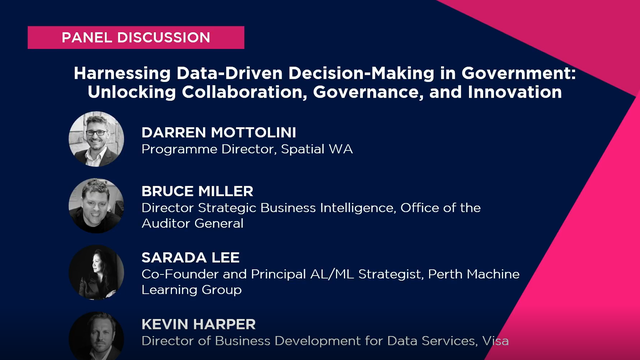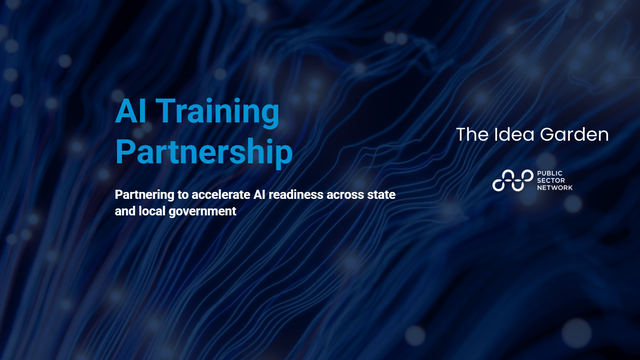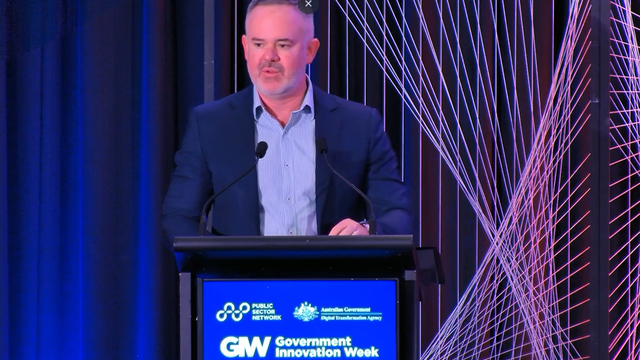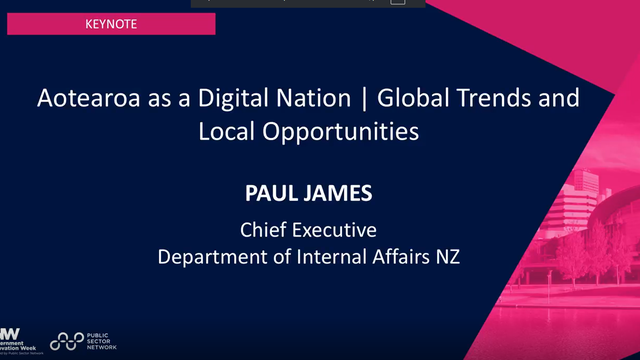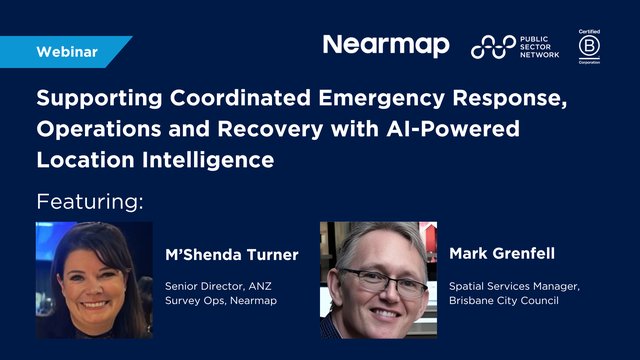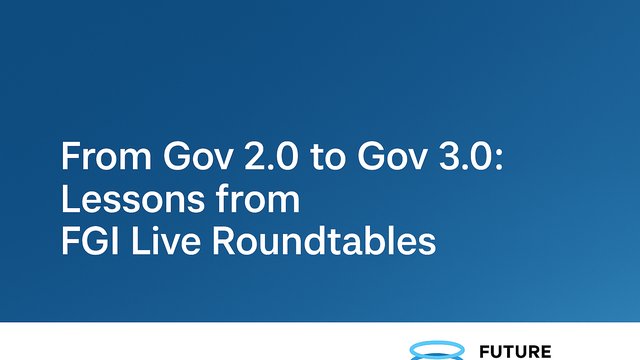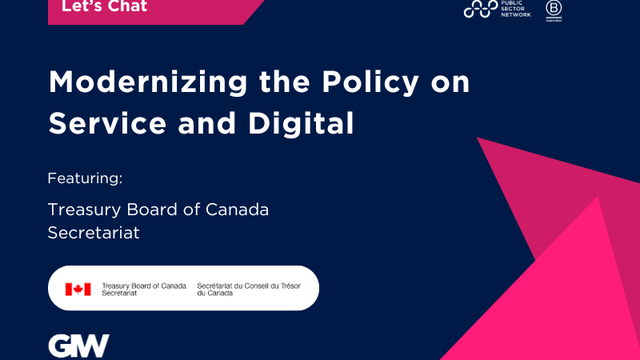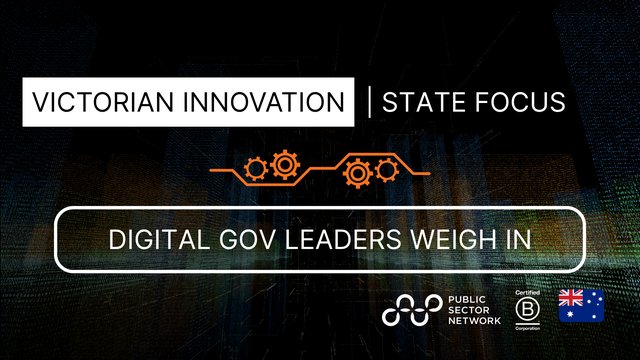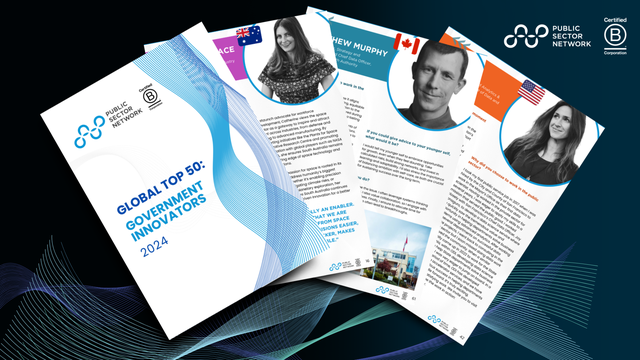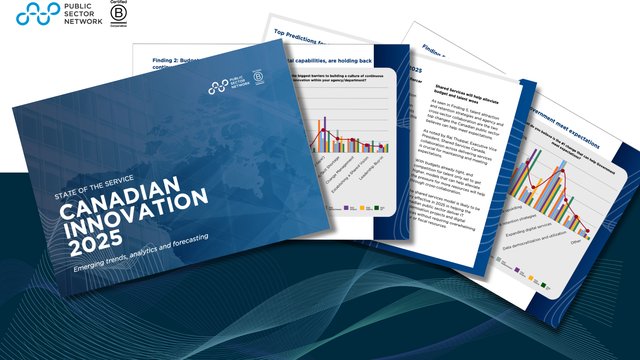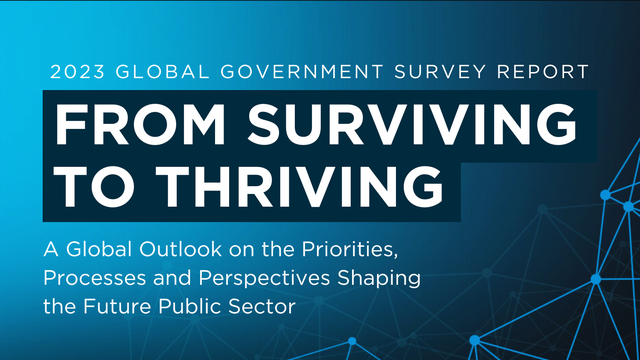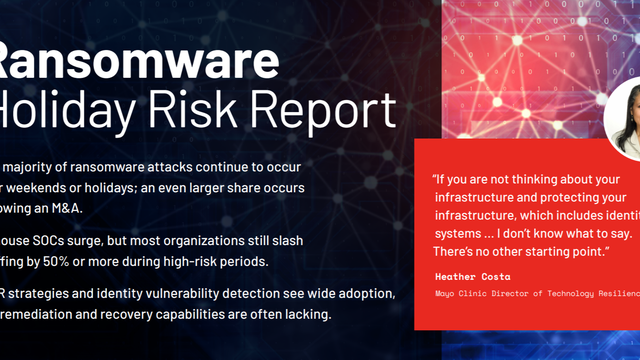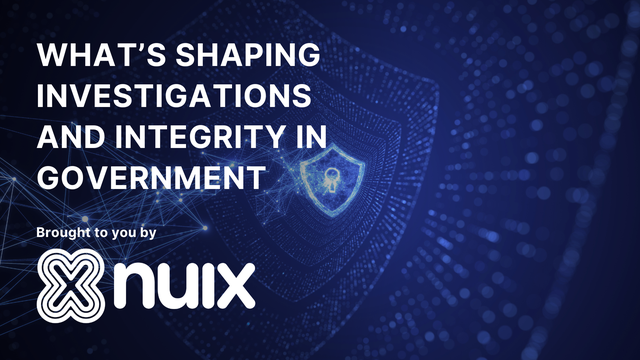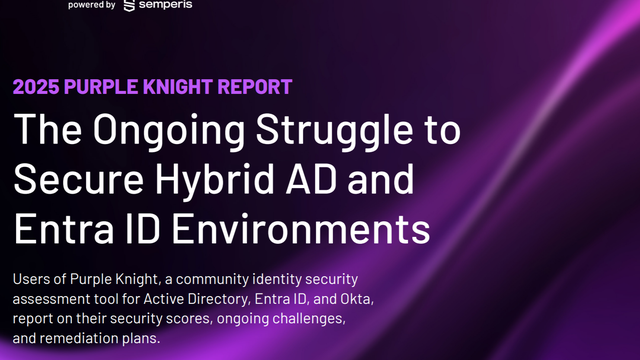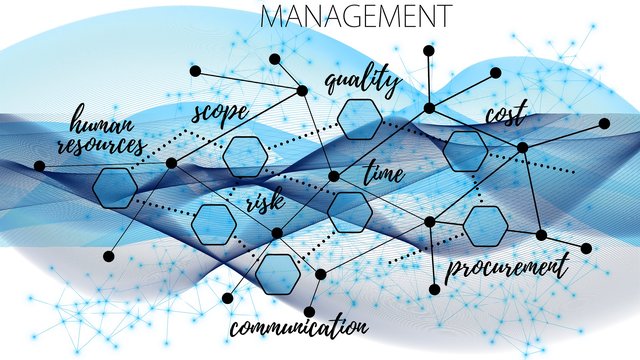

Australia’s public sector is undergoing a significant transformation. In response to years of fiscal tightening and a strategic pivot away from external consultancy, Government agencies are now being tasked with upskilling internal capability while simultaneously improving service delivery. More than $4.7 billion has been redirected away from contractors and toward growing the permanent public service numbers, placing new pressure on departments to uplift productivity while upskilling staff and maximising the value of their current systems and processes (Australian Government, 2024a, p. 209).
Artificial intelligence (AI) and automation are increasingly seen as part of the solution to these challenges. With the potential to reduce manual workloads, accelerate insight generation, and support evidence-based decision-making, these technologies promise real gains. Yet, as the Productivity Commission notes, achieving those gains is not guaranteed, nor automatic. Success depends on careful planning, deep organisational change, and policy settings that enable resilient, cyber-aware, safe, scalable innovation (Productivity Commission, 2024, pp. 2–5).
"What Amentum is doing in Australia is connecting global innovation with customers who need new and inventive ways of solving problems. And it’s not all a flow of information from America and the UK into Australia — it’s quite often Australia flowing back out."
- Carl Heine, Senior Principle Strategic Solutions | Systems, Security & Innovation | Intelligence and Cyber, Amentum
A System Under Pressure
Australia’s public sector is navigating a challenging economic environment marked by budget constraints, elevated service expectations and growing internal delivery responsibilities. While headline figures from the Commonwealth’s 2025–26 Budget indicate improved fiscal discipline, the detail tells a more nuanced story.
Since the 2022–23 October Budget, more than $4.7 billion in savings have been achieved through reductions in consultancy and contractor expenditure, enabling the creation of over 11,800 new public service roles, with many of these replacing outsourced functions (Australian Government, 2024a, p. 209). This shift to internal delivery has placed pressure on departments to upskill staff rapidly while maintaining service continuity and public trust. Increasingly, these are junior, or less experienced staff being asked to undertake roles for which they may lack prior experience in.
At the same time, agencies are contending with higher workloads. the Mid-Year Economic and Fiscal Outlook (MYEFO) outlines that the unemployment rate is projected to remain low at 4.5 per cent, indicating a tight labour market that makes it difficult for government agencies to recruit skilled professionals. Compounding this is a notable increase in Government demand-driven expenditure, with $8.8 billion in unavoidable spending decisions in this MYEFO update alone. These include additional funding for disaster recovery, aged care, Medicare and the PBS, core services where digital transformation and data-driven efficiencies are urgently needed (Australian Government, 2024b, pp. 3–6).
Across the forward estimates, the government also anticipates net debt to rise from $540 billion to over $708 billion, stabilising at 22.4 per cent of GDP. Although gross debt is lower than earlier forecasts, the burden remains historically elevated. In this context, the future of public sector must revolve around finding cost-effective and scalable solutions, including well-managed AI implementations.
While these figures focus on the Commonwealth context, these pressures are mirrored across State and Territory governments. Despite varying budget strategies, State jurisdictions also face rising costs, constrained resources and increasing expectations for digitally enabled public services. The result is a nationwide challenge that demands strategic investment in technologies that deliver productivity gains while respecting privacy, sovereignty and ensure public trust through security.
Insights from the Sector: Priorities and Pain Points
Recent Public Sector Network survey results reinforce this duality of pressure and potential facing agencies today. The top barrier to building a culture of continuous innovation is budget constraints, with 32 per cent of Australian respondents (Federal, State and Local) citing it as their most pressing challenge. Other barriers include policy and process rigidity (19 per cent), talent and skill shortages (12 per cent), and a lack of digital capability (9 per cent).
These limitations are mirrored in strategic goals. When asked about departmental priorities over the next 12 to 24 months, 22 per cent of respondents nominated transforming and automating processes as the top priority, followed closely by updating workplace culture and upskilling the workforce (21 per cent), and becoming more data-driven in decision-making (18 per cent).
These results show that agencies are aware of what needs to be done. However, structural constraints make execution difficult.
A Clear Opportunity
New technologies are maturing and offer real solutions to these pressures. One such, Artificial Intelligence (AI), can help by unlocking the potential of staff - giving them guided access to the wealth of corporate knowledge resident in the organisations, coupled with insights from the broader market. The Productivity Commission highlights AI’s potential to lift productivity, particularly across the services sector, which accounts for most of Australia’s GDP and public sector activity (Productivity Commission, 2024, pp. 3–6).
AI now offers capabilities such as:
- Autonomous processing of routine tasks
- Natural language interfaces that allow staff to query complex data easily
- Faster visualisation and presentation of findings to support decision-making
- Tailored responses that adapt to user needs and reduce manual workload
"A UK Utility company reduced a 20-year project down to a matter of months using machine learning techniques. We undertook an asset data collection and digitisation exercise across an operational infrastructure estate spanning an 800,000km distribution network. To respond to the scale of the OT estate, which would have resulted in a 20-year project using traditional data collection techniques, and to deliver against fast-tracked regulatory schedule, we leveraged algorithms and statistical models to rapidly gather, process and consolidate dispersed data sources into a centralised asset inventory, providing a complete view of the cyber security risks across the client’s OT estate."
- Oliver Hart, Growth & Strategy Director | Systems, Security & Innovation | Intelligence and Cyber, Amentum
These tools are already showing measurable gains. For example, pilot programs within Services Australia have halved processing times for Medicare claims and reduced parental leave application delays from 31 days to just three. In addition, AI-enabled systems can augment the work of junior or less experienced staff, close skill gaps, and increase the efficiency of knowledge work. They have been shown to outperform humans in speed and accuracy for specific audit and decision-support tasks, offering governments a path to safer, more cost-effective automation (Productivity Commission, 2024, p. 5).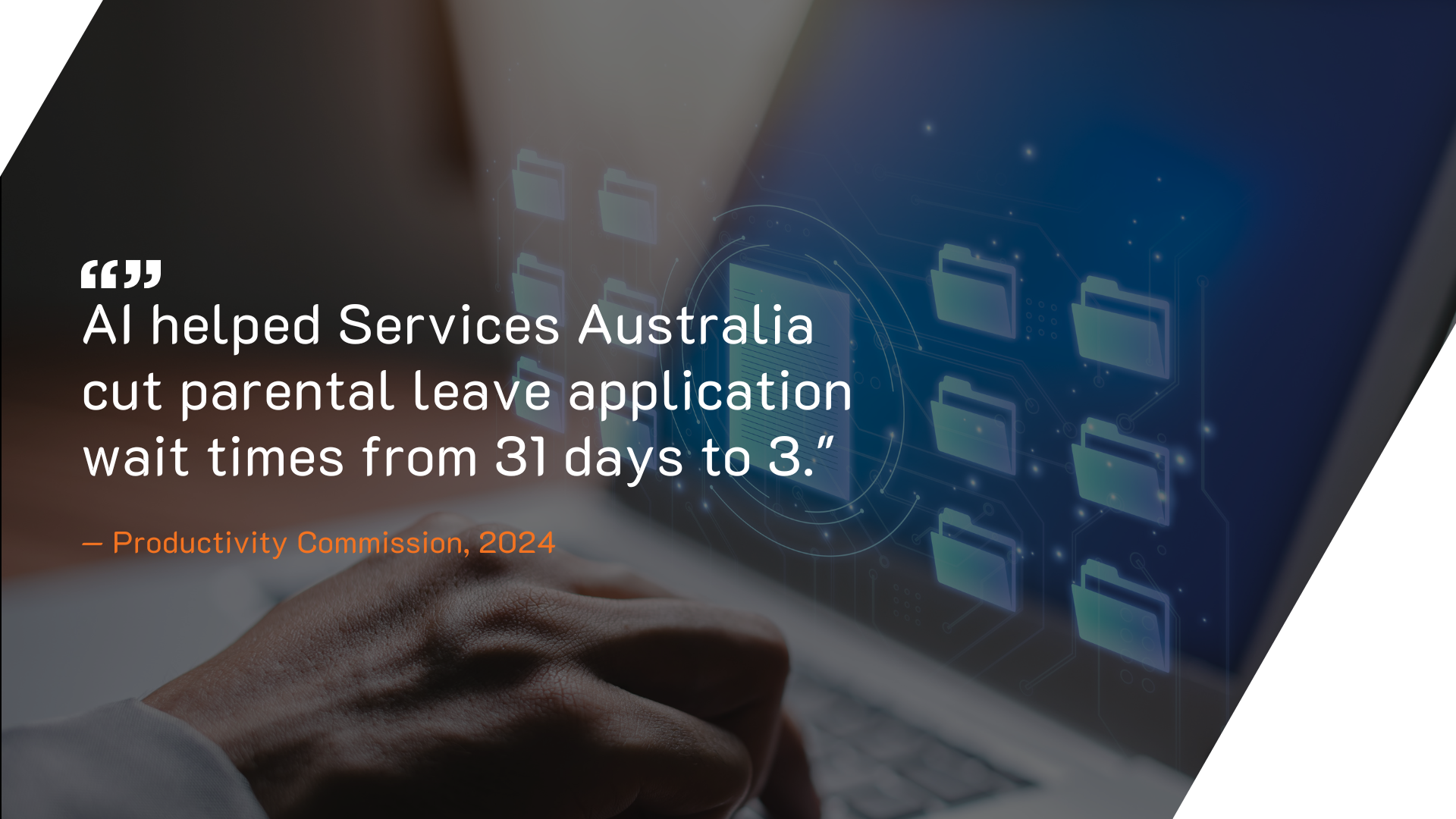
The Hidden Complexity of Government AI
Despite its promise, AI deployment within public sector environments is uniquely challenging. Any successful AI strategy must deliver value early, demonstrate clear productivity returns and work within existing capability and budgetary limits. Consumer-grade tools may be portrayed as simple to employ, but public agencies operate under a different set of security rules and regulations. There are strict requirements related to data sovereignty, cyber protection, privacy and compliance. Tools must align with legislation covering personally identifiable information, encryption infrastructure, security of financial data, and national storage protocols that are at odds with the internet connected nature of many publicly accessible AI offerings.
"One of the basic foundations that I've seen done really well in some federal government agencies, is information governance. We can't do cyber effectively without really exceptional information governance officers... knowing where your data is, and what's important, is a foundation to do effective cyber after that."
- Carl Heine, Senior Principle Strategic Solutions | Systems, Security & Innovation | Intelligence and Cyber, Amentum
There are also operational risks to consider. Uncontrolled deployments of internet connected tools can result in those tools delivering incorrect, misleading or even harmful outputs. Known as "AI hallucinations", these issues can compromise service delivery and erode public trust unless there are significant cyber security controls put in place, which then contradict the cost efficiency narrative. As highlighted by the Australian Cyber Security Centre, these errors can stem from prompt injection, data poisoning or adversarial attacks, particularly when foundational models are not carefully controlled, monitored or validated. AI systems that are not stress-tested for reliability and resilience can introduce significant reputational and operational risk for government agencies.
Additionally, shadow IT, where AI tools are utilised by staff “on the side” and without formal approval, can lead to larger problems. Not giving staff access to appropriate tools often leads to them finding ways to access them without approval and then hiding that access from management oversight. This can lead to data breaches where sensitive internal information is presented to internet-based AI tools during the prompt input phase. Unmanaged deployments of AI within the environment can also lead to cyber environment fragmentation, vendor lock-in, and non-compliance with enterprise-wide standards which all degrade enterprise security.
A Structured Path Forward
Delivering on the promise of AI in government demands a nuanced, risk-aware strategy, one that understands the unique operational, fiscal and compliance pressures public agencies face. Amentum, a partner with deep experience in public sector transformation, offers a pragmatic, framework-based approach tailored to these realities.
Rather than deploying broad, high-risk solutions, Amentum advocates for incremental, locally hosted AI platforms designed for immediate value and long-term resilience. These can be configured to meet cyber and legislative requirements while scaling with organisational maturity. Through this approach, agencies can reduce implementation complexity, build staff capability, and ensure their knowledge systems remain both secure and contemporary.
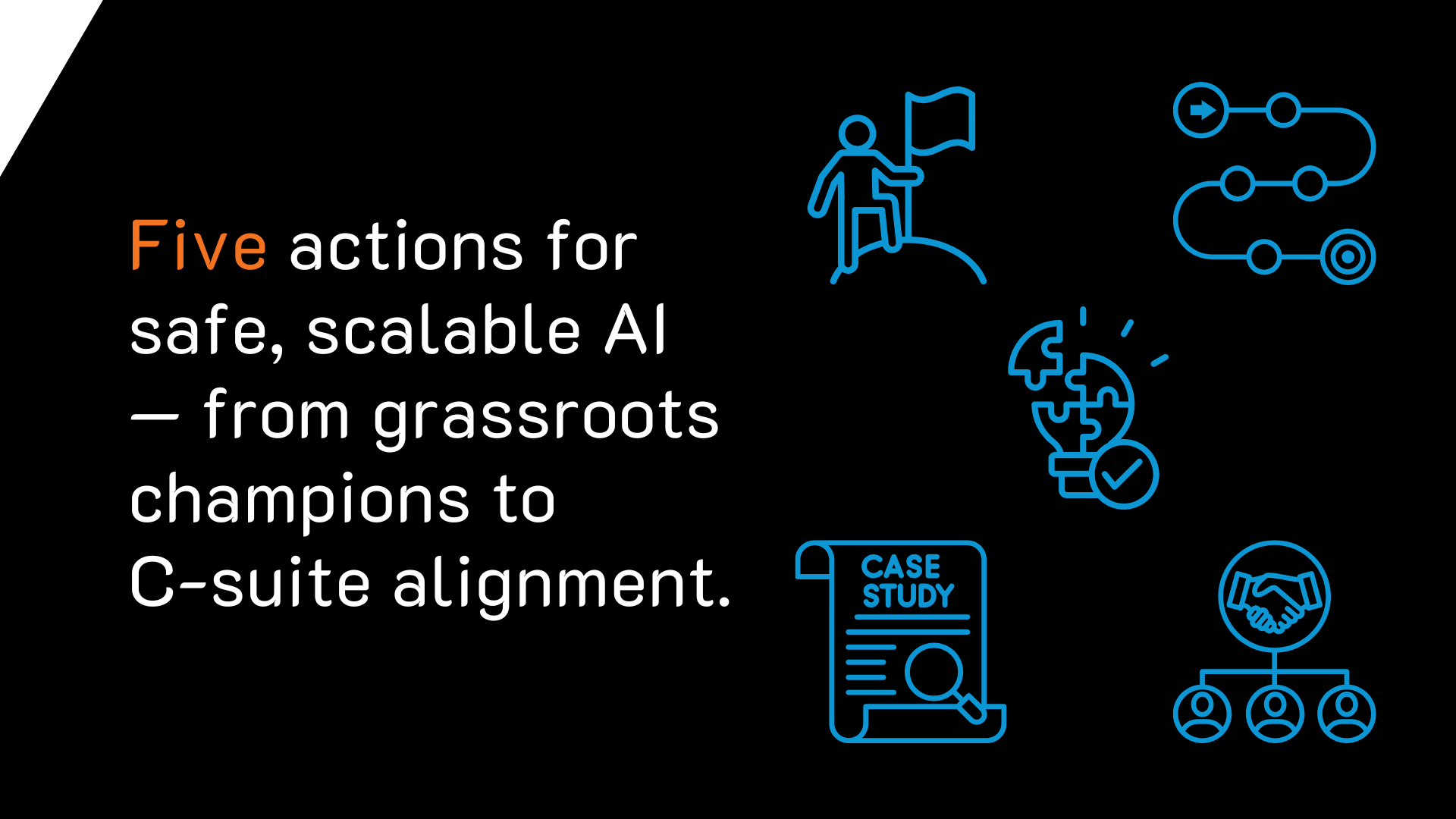
To begin, organisations should consider five key actions:
- Align AI with strategic goals: AI should not sit separately from, nor add on to the core ICT and operations strategies. Instead, it should sit within the current business and technology strategies, helping to achieve the broader goals of efficiency, resilience and service quality.
- Deploy a phased, and simplified roadmap: Small and budget conscious solutions that don’t add to complexity. Quick wins prove value early, while laying the foundation for broader capability over time without adding to the security and risk profile.
- Secure cross-functional leadership support: The CIO, CFO, CEO and CISO will each have their own considerations in any AI discussion. Consider options that are designed also with their needs in mind, and which deliver alignment across their respective enterprise priorities.
- Grass-roots internal champions: Using on-prem AI tools to upskill and enable local teams has been found to be a game-changer. Champions come from within the organisation. Staff who enjoy engaging with the corporate knowledge base in this way help to communicate success, support adoption and ensure sustainability.
- Learn from others: Look at proven case studies from other jurisdictions or sectors and apply a "fast follower" mindset. Find a solution provider with experience across both public and private sectors and who has tailored these solutions for your environment.
The Importance of Readiness
Before implementation begins, agencies should assess their organisational readiness. This includes data maturity, staff capability, infrastructure compatibility and governance safeguards. Skipping this step increases the risk of failed pilots, wasted investment or reputational damage. The team you partner with to deliver your AI solution must be able to uplift your environment where needed as part of the solution.
Government departments who have uplifted and deployed AI in these ways are already seeing the results. In the tax system, for example, AI tools have helped identify fraud and recover unpaid superannuation. In aged care, automation is helping with regulatory compliance and service quality monitoring. These examples show that, with the right structure in place, AI can deliver on its promise.
A Partner for Strategic AI
At Amentum, we understand that AI implementation in the public sector is not just a technology project. It requires a combination of policy insight, operational design and a long-term partnership approach. Our team supports agencies with tailored strategies, practical frameworks and local deployment models designed to balance innovation with fiscal accountability.
We are focused on practical ways of uplifting capability across the public sector in a cyber secure manner. We aim to help government leaders move from concept to implementation, in a way that is budget-aware, compliance-ready and aligned with whole-of-government thinking..png)
References:
- Australian Government. (2024a). Budget Paper No. 4: Agency Resourcing 2025–26. Canberra: Commonwealth of Australia. https://budget.gov.au/2025-26/content/bp4/index.htm
- Australian Government. (2024b). Mid-Year Economic and Fiscal Outlook 2024–25. Canberra: Commonwealth of Australia. https://budget.gov.au/2024-25/content/myefo/index.htm
- Australian Government. (2024c). Budget Measures: Budget Paper No. 2. Canberra: Commonwealth of Australia. https://budget.gov.au/2025-26/content/bp2/index.htm
- Productivity Commission. (2024). Artificial Intelligence and Productivity: Productivity Insights Paper No. 1. Canberra: Commonwealth of Australia. https://www.pc.gov.au/research/ongoing/productivity-insights/ai-productivity/ai-productivity.pdf
- Australian Cyber Security Centre. (2024). Engaging with Artificial Intelligence. Canberra: Australian Signals Directorate. https://www.cyber.gov.au/resources-business-and-government/governance-and-user-education/artificial-intelligence/engaging-with-artificial-intelligence
Published by
About our partner

Amentum
Headquartered in Chantilly, Virginia, Amentum have more than 53,000 employees in approximately 80 countries across all 7 continents. In Australia we bring over 70 years’ experience, operating in multiple locations including Canberra, Sydney, Melbourne, and Perth. We are committed to supporting our clients’ ongoing missions, with nearly 1,000 professionals delivering technical expertise across our key markets:▪ Defence: We provide comprehensive all-domain support to defence agencies, including logistics, maintenance, and operational support.▪ Security and intelligence: We offer advanced solutions in cybersecurity, intelligence, and counter-threat operations.▪ Civilian: We deliver services to various civilian government agencies,enhancing critical national infrastructure and public services.
Learn more




